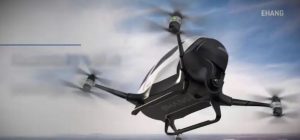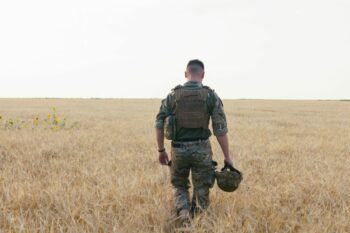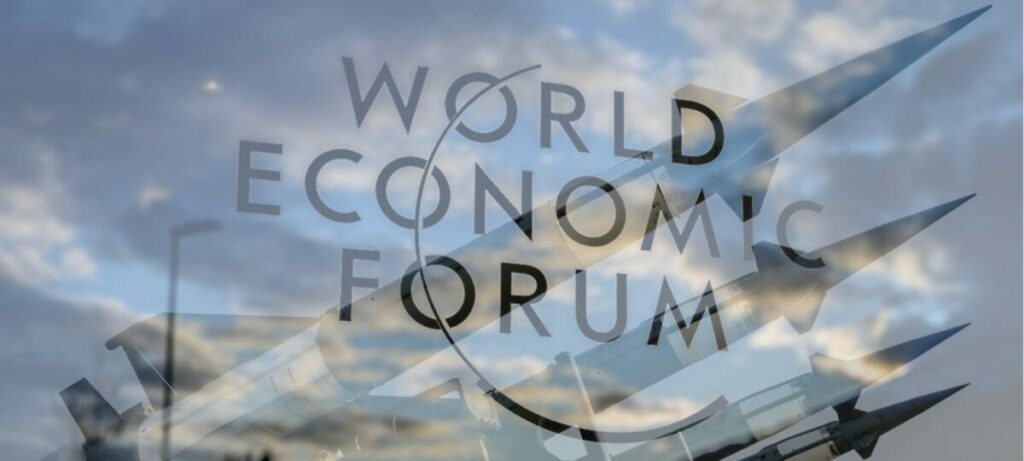Authored by Niall Ferguson, op-ed via Bloomberg.com,
Most conflicts end quickly, but this one looks increasingly like it won’t. The repercussions could range from global stagflation to World War III…

Consider the worst-case scenario.
I have argued here before that the global situation today more closely resembles the 1970s than any other recent period. We are in something like a new cold war. We already had an inflation problem. The war in Ukraine is like the Arab states’ attack on Israel in 1973 or the Soviet invasion of Afghanistan in 1979. The economic impact of the war on energy and food prices is creating a risk of stagflation.
But suppose it’s not 1979 but 1939, as the historian Sean McMeekin has argued? Of course, Ukraine’s position is much better than Poland’s in 1939. Western weapons are reaching Ukraine; they did not get to Poland after Nazi Germany’s invasion. Ukraine faces only a threat from Russia; Poland was partitioned between Hitler and Stalin.
On the other hand, if one thinks of World War II as an agglomeration of multiple wars, the parallel starts to look more plausible. The U.S. and its allies must contemplate not one but three geopolitical crises, which could all happen in swift succession, just as the war in Eastern Europe was preceded by Japan’s war against China, and was followed by Hitler’s war on Western Europe in 1940, and Japan’s war on the U.S. and the European empires in Asia in 1941. If China were to launch an invasion of Taiwan next year, and war were to break out between Iran and its increasingly aligned regional foes — the Arab states and Israel — then we might well have to start talking about World War III, rather than just Cold War II.
Continue reading “Niall Ferguson: Seven Worst-Case Scenarios From The War In Ukraine”






/cdn.vox-cdn.com/uploads/chorus_asset/file/23406106/ISW_Map_April_20.png)





